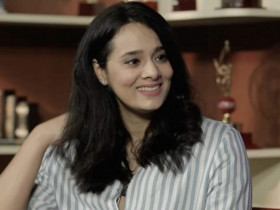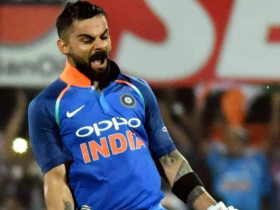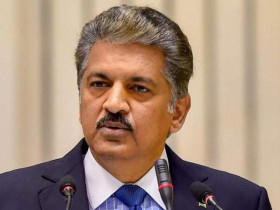Indian Space Research Organisation, the national space agency of the Government of India, that is acquainted with space research and planetary science was found in 1969 and recently has pioneered the Mars Orbiter Mission, and now India becomes the fourth country in the country to reach the Martian orbit.
There are many unknown facts about ISRO that the science aspirants are unaware of. Lets check them out.
Every ISRO apparatus has been painted with ‘Vibhuti and Kumkum’ that is three horizontal lines with a red dot in the center, which is also worn by Lord Shiva on the forehead.

The scientists of ISRO visit Sri Kshetra Dharmasthala and pray to Lord Manjunathaswamy before any satellite launch. They also worship a small replica of the satellite.
In 1981, ISRO’s Apple Satellite was apparently carried on a bullock cart for an antenna-range test . Bullock carts being made of wood, remained completely neutral to the signals which would not have been possible with alternative trucks that are made of metal and would interfere with the signals.
India’s first lunar mission, Chandrayan that was launched in 2008, made India the 4th country to host its flag on the moon.
ISRO completed the Mars orbiter mission in the first attempt and thus India became the first country to accomplish so ,that too in a very small budget.
India’s expenditure of Mars Orbiter mission was far more cheap compared to NASA’s ‘Mars Mission Maven’. ISRO only spent $70 million whereas NASA had spent over $600 million in their last mission.
Antrix that promotes ISRO’s products and services received a turnover of Rs. 18 billion in 2014–15 . It was awarded the title of Miniratna by the Government of India in 2008.
ISRO was established eight years after Pakistan’s SUPARCO yet India has launched 65 satellites where Pakistan stands at 2. SUPARCO’s efficiency in satellite launching remains undecided and it will take another two decades, where ISRO might reach Mars and Venus before 2040.
ISRO has moulded the first Indian version of Google Earth, Bhuvan which allows Indians to see 2D/3D representation of the surface of the Earth.
ISRO broke the record in Feb 2017, launching 104 satellites in a single mission with the help of Polar Satellite Launch Vehicle (PSLV). 96 of the 104 satellites belonged to the United States.












